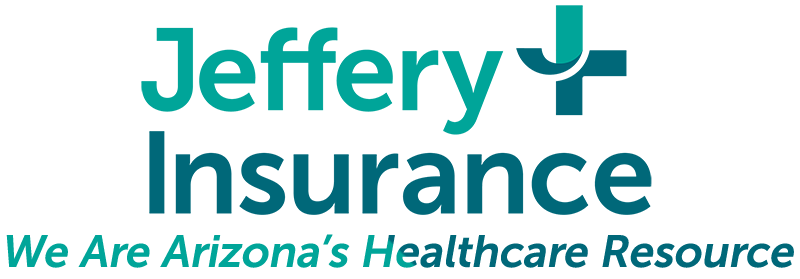Medicare and Medicaid are government-sponsored programs made to help cover healthcare costs for U.S. citizens. But with such similar names, it can lead to confusion about what each program covers. To help clear up confusion, here is a review of what these programs are, as well as some of the key differences.

Medicare Part D covers prescription drugs.
Medicare
This is an insurance program that helps provide healthcare coverage to U.S. citizens who are 65 years of age or older, as well as people with certain disabilities and dialysis patients. Medicare is not free and the pricing can vary depending on which plan you choose and what your income is. It is also a four-part program which includes:
- Part A: Hospitalization Coverage – This covers inpatient hospital care, skilled nursing facilities, hospice, lab tests, surgery, and home health care. Most people get Part A for free, but some have to pay a premium for this coverage.
- Part B: Medical Insurance – Those eligible for Part A also qualify for Part B. This covers services from doctors and other health care providers, as well as x-rays, wheelchairs, lab work, as well as preventative services like flu shots and disease screenings. For 2021, the standard Part B premium is $148.50 but can vary depending on your income. Deductibles and coinsurance also apply.
- Part C: Medicare Advantage Plans – Medicare Part C plans, also known as Medicare Advantage, are offered by private companies approved by Medicare. In addition to providing coverage by Parts A and B, Part C covers dental, vision, and hearing and may also provide prescription drug coverage.
- Part D: Prescription Drug Coverage – As the name states, this provides prescription drug coverage. You pay a monthly premium so that when you need prescription medication, your insurance will cover some of the cost.
Medicaid
Medicaid is a joint federal and state assistance program that helps low-income Americans pay for the cost that comes with medical and long-term custodial care. This does not have an age requirement, but the requirements do vary from state to state. Though the benefits also vary by state, the Federal government mandates coverage for a variety of services, including:
- Doctor services
- Nursing Services
- Pediatric and family nurse practitioner services
- Hospitalization
- X-rays
Medicaid also has optional additional benefits such as vision, dental, hearing, over-the-counter items, and more. It is also often used to fund long-term care, something that is not covered by Medicare or by most private health insurance policies.

Medicaid was developed to help people and families with limited financial resources get the health care they need.
Key Differences Between Medicare and Medicaid to Remember
One of the key differences between Medicare and Medicaid is that one is age-based and the other is an income-based welfare program.
Medicare is available to assist people 65 and older and only applies to qualified individuals and not the entire family. Medicaid is run by the state and federal governments whose eligibility is based on income and was developed to help people and families with limited financial resources get the health care they need.
Additionally, you can apply for Medicaid at any time and you do not have to wait for an enrollment period. Medicare enrollment period is from Oct. 15 to Dec. 7 (for 2021), and applying for Medicare outside the enrollment period may result in penalties.
Another difference is Medicaid coverage and eligibility vary from state to state, but Medicare basics are standardly Federally managed.
Got Questions?
Do you have questions about Medicare and Medicaid? We can help! Jeffery Insurance can answer your questions and help find you a plan tailored to your needs. We are based in Scottsdale but are happy to assist you no matter where you are in Arizona. We are Arizona’s health care resource!







